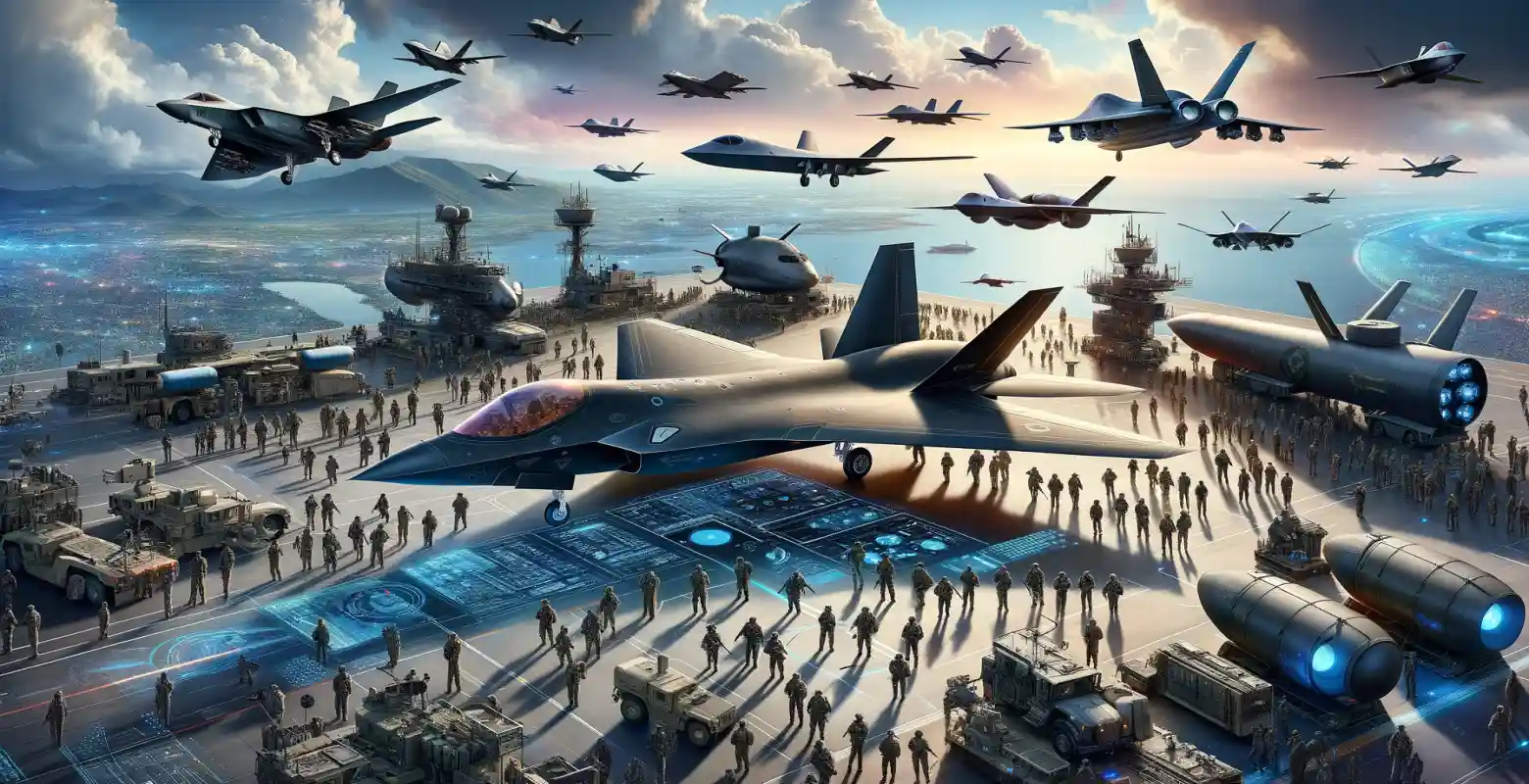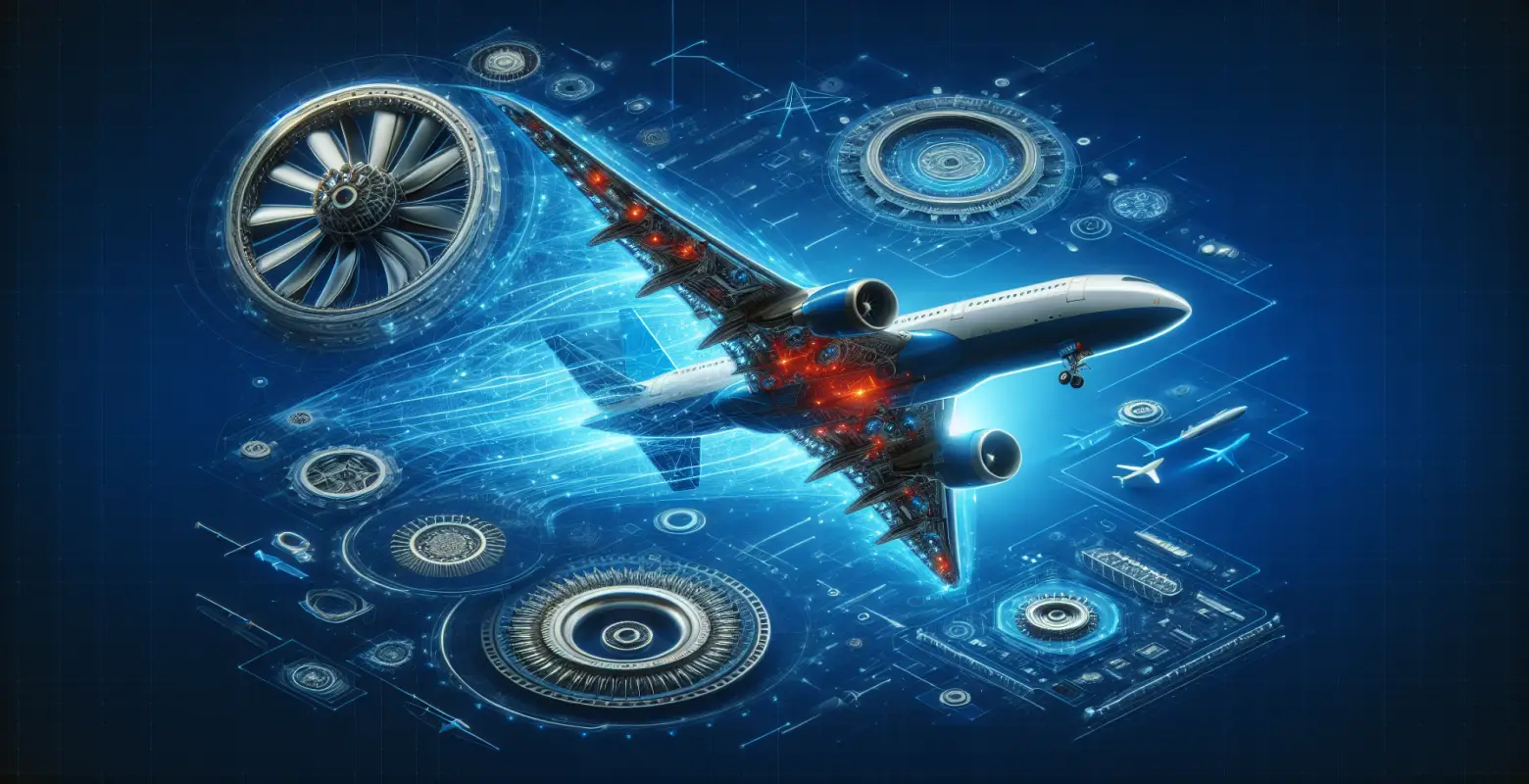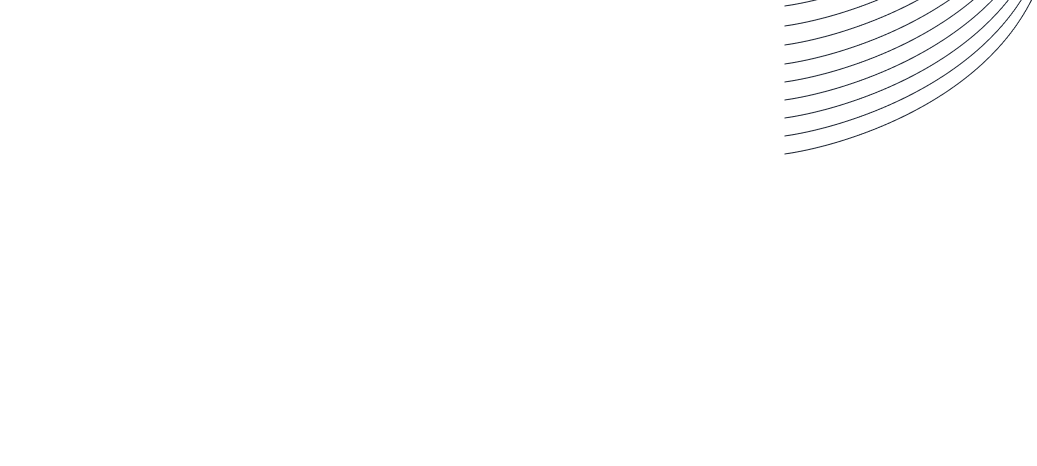Military aviation in the 21st century - new technologies
Introduction
Military aviation in the 21st century has undergone a tremendous transformation, becoming one of the key elements of modern armed forces. The use of new technologies in military aviation not only enhances operational effectiveness but also influences the strategy and tactics of military operations. In the era of digitization and constantly evolving technologies such as artificial intelligence, drones, and advanced radar systems, military aviation plays an increasingly important role in ensuring national security. Over the years, many innovations have been introduced that have changed the face of military aviation, and their significance continues to grow. This article explores these changes by analyzing new technologies, their applications, and their impact on the future of military aviation.
Modern Technologies in Military Aviation
The development of technology in military aviation covers many aspects, ranging from stealth technology to advanced radar systems and the integration of artificial intelligence. Stealth technology, which reduces the detectability of aircraft by radars, is an essential element of modern fighters such as the F-35 and F-22. Through special materials and aircraft shapes, it is possible to operate in enemy airspace without the risk of rapid detection.
Radar systems have also undergone significant modernization. Modern AESA (Active Electronically Scanned Array) radars provide greater precision, faster data processing, and the ability to track multiple targets simultaneously, significantly increasing their combat effectiveness.
Drones and Autonomous Air Systems
Drones, also known as unmanned aerial vehicles (UAVs), have become an integral part of modern military aviation. They are used for reconnaissance, fire support, and rescue missions. Due to their ability to stay airborne for extended periods and minimize risk to the crew, drones are gaining importance in military operations.
With the development of autonomous technologies, drones are becoming increasingly independent, allowing them to perform complex tasks without direct operator involvement. An example is the MQ-9 Reaper, which can conduct reconnaissance and combat missions with minimal human intervention.
Artificial Intelligence and Its Applications
Artificial intelligence (AI) plays an increasingly important role in military aviation, supporting data analysis, mission planning, and operational optimization. AI enables rapid processing of vast amounts of information, allowing for better tactical and strategic decision-making.
AI is also used in missile defense systems, helping to identify potential threats and automate the process of neutralizing them. In the future, artificial intelligence may become a key element in the development of fully autonomous combat air systems.
Challenges Associated with New Technologies
Despite numerous benefits, new technologies in military aviation also bring challenges. One of them is the need to ensure an adequate level of cybersecurity to protect advanced systems from cyber attacks. Additionally, the development of technology requires significant financial investments and proper personnel training, which poses an additional burden on the military budget.
Another challenge is integrating new technologies with existing systems, which often requires infrastructure modifications and operational procedure changes. All of this takes time and resources but is essential for maintaining technological superiority.
The Future of Military Aviation
The future of military aviation looks promising, with many new technologies on the horizon. Further development is expected in hypersonic technologies, enabling speeds significantly exceeding the speed of sound, allowing for rapid long-distance movement.
Advancements in laser and electromagnetic technologies could revolutionize air defense, offering new methods of neutralizing threats. Furthermore, progress in materials science could lead to the construction of more durable and lightweight aircraft, increasing their range and effectiveness.
Summary
Military aviation in the 21st century faces many challenges but also tremendous opportunities. New technologies such as drones, artificial intelligence, and stealth technologies have the potential to significantly enhance operational effectiveness and protect armed forces. Despite difficulties related to integrating new systems and ensuring cybersecurity, the benefits of their application are invaluable. With technological progress, military aviation will continue to evolve, becoming a key element in ensuring national security. For readers interested in further exploring the topic, it is worth following publications and reports on the development of military technologies and their impact on global security.






Number of comments: 0